New Board Designs
Firewire Advances Flex With Direct Drive Technology
By John Dang
Firewire, the company known for its next generation surfboards, continues development in flex technology with more advanced designs and construction.
“The Direct Drive is our most complex board because there are so many components involved,” said Chuy Reyna, marketing director and part-owner of Firewire Surfboards. “There are so many opportunities to adjust the flex.”
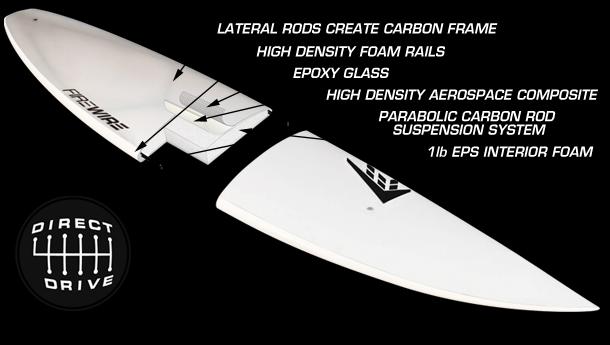 Flex technology is the topic of conversation when it comes to the Direct Drive. Unlike the FST (Future Shapes Technology) model which utilizes a parabolic balsa wood stringer, the Direct Drive features an interior carbon rod as its frame. The rods are connected by high density nodes suspended in the interior foam of the surfboard. The base is connected to the Future Fins boxes. The manufacturer claims the design offers more control over the rate of flex and better flex memory. As compared to FST’s parabolic Balsa stringer, the Direct Drive's parabolic carbon rod suspension system gives it a stiffer and snappier response.
Flex technology is the topic of conversation when it comes to the Direct Drive. Unlike the FST (Future Shapes Technology) model which utilizes a parabolic balsa wood stringer, the Direct Drive features an interior carbon rod as its frame. The rods are connected by high density nodes suspended in the interior foam of the surfboard. The base is connected to the Future Fins boxes. The manufacturer claims the design offers more control over the rate of flex and better flex memory. As compared to FST’s parabolic Balsa stringer, the Direct Drive's parabolic carbon rod suspension system gives it a stiffer and snappier response.
“It creates a lot of flex, which creates a lot of momentum, which creates a lot of spring,” Reyna said. “That’s why we’re having so much success.”
Could Firewire be giving us a glimpse into the future? No longer are surfboards just measured by dimensions. Perhaps in the near future, surfers can choose a variation of flex as an option.
"We believe that if we can get the message simple enough, we can get our surfboards associated to flex,” Reyna said. “Not just necessarily dimensions, width and volume. You can break it down and associate a number to flex.”
What makes this possible is the ability to interchange the rod structure.
“The Direct Drive is the ideal board to custom fit the surfer because of the rod structure in the frame,” Reyna said. “Prior to building the surfboard, we can change the configuration of the rods. You can add thicker rods, thinner rods, or different things.”
Although the ideal of building a custom Firewire surfboard with customized flex is attractive, it is not feasible at the moment due to the high cost associated to its production.
“I believe we could do it but the price associated to it is really expensive,” Reyna said. “There’s no manual way to have the rods embedded due to the potential hazards. The rods are locked in by density nodes. It has to be really well engineered to have integrity so the rods don’t fly through the board and cause injuries. Everything is done with CNC and CAD machines and there is a lot of computer time that goes into it as well.”
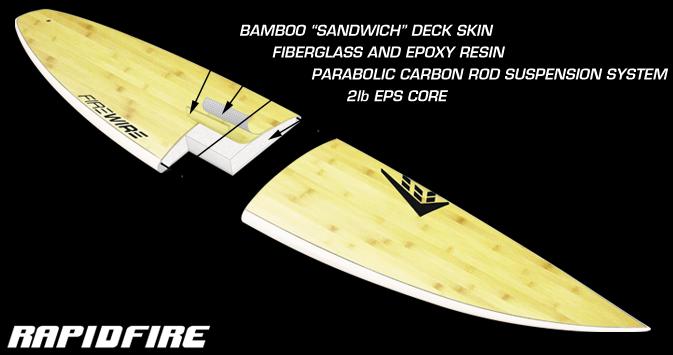 Theoretically, it can happen in the near future.
Theoretically, it can happen in the near future.
“The ideal scenario is where you would be able to order a board and ask for 3 rods in the rail with different volume or different thickness in rods,” Reyna said. “I think we’re a ways out from that but the platform is there.”
Recently Firewire developed the Rapid Fire, a hybrid that combines the carbon rod suspension of the Direct Drive model with a bamboo Springer. The model has a bamboo skin for a top deck. The idea is the bamboo adds to the flex pattern even further while creating resistance against denting.
“The rapid fire is one of the best constructions when it comes to performance and price,” Reyna said. “It’s a very production friendly build that allows us to retail it under $600.”


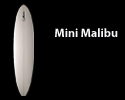
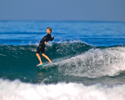

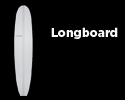
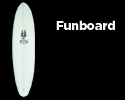


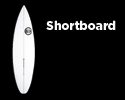


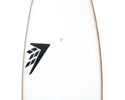
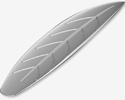
0 Comments